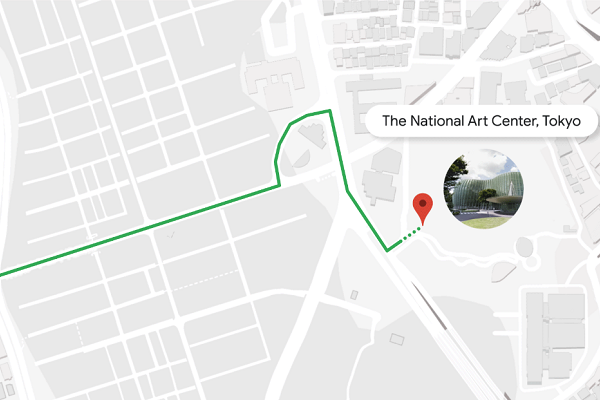Google Maps Will Pronounce Foreign Place Names Out Loud for Travelers

Google is connecting its Maps and Translate products to help international travelers navigate their way around places where they don’t speak the language. The new translation feature prompts the Google Maps app to automatically translate and recite out loud the name of a place and its address in the local language.
Google Speaking to Locals
To discover how to pronounce a place name, users just have to press a speaker button next to the name of the place, Google explained in their blog post about the new feature. The software detects the default language on the phone to determine if a translation might be needed, so someone with a phone set to Korean won’t see the speaker icon for somewhere in Seoul, as an example. Along with the place name translation and text-to-speech in Google Maps, the updated version of the app offers a faster switch to Google Translate. Tapping the button near the bottom of the place name translation window immediately opens Google Translate with the two languages just used as a way to continue a conversation with a local who has just given directions, for instance.
The new features are available on both iOS and Android devices for 5o different languages, with more on the way according to Google. While the announcement of the new features doesn’t go into detail about how the new connection between Google Maps and Google Translate will affect other elements of the company’s ecosystem, it would make sense for Google Assistant to be a potential intermediary as well, whether its through the auto-translate feature in the Pixel Earbuds or just through Google Assistant’s integration into Maps.
Language and Navigation
The geography translation and pronunciation feature is only Google’s latest experiment with applying voice technology to Google Maps. Last month, Google rolled out an expansion of its walking directions guidance specifically for people with visual impairments. The more proactive and detailed directions help those who cannot see navigate their way from place to place without getting lost, and keep them informed about potentially busy areas where they should exercise more caution.
Google has also been stepping up its efforts to localize its voice. In the case of Google Assistant, that includes accent variations and new international voices, as well as additional languages. Google wants to be the voice people expect to hear with all of the answers, the new feature just extends that to languages globally.
Follow @voicebotai Follow @erichschwartz
Google Maps New Voice Cues Help Visually Impaired Keep to Path









